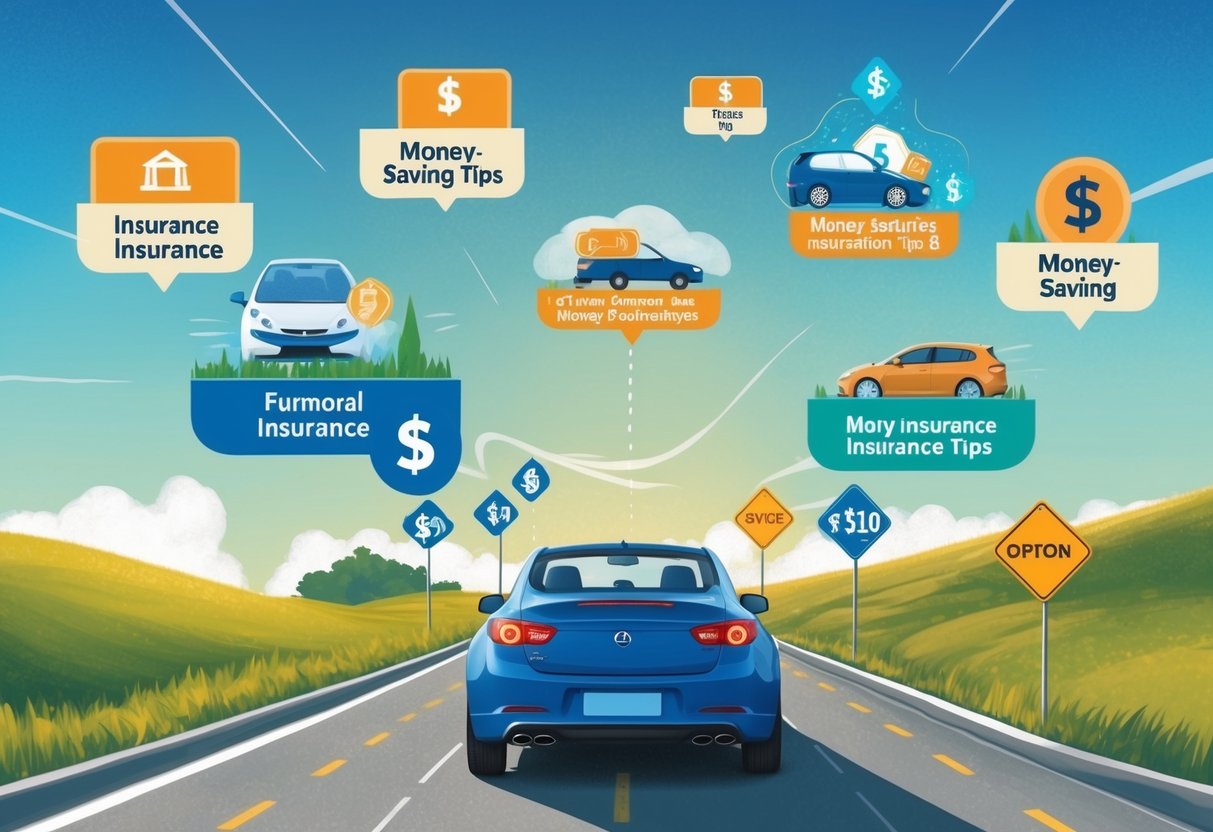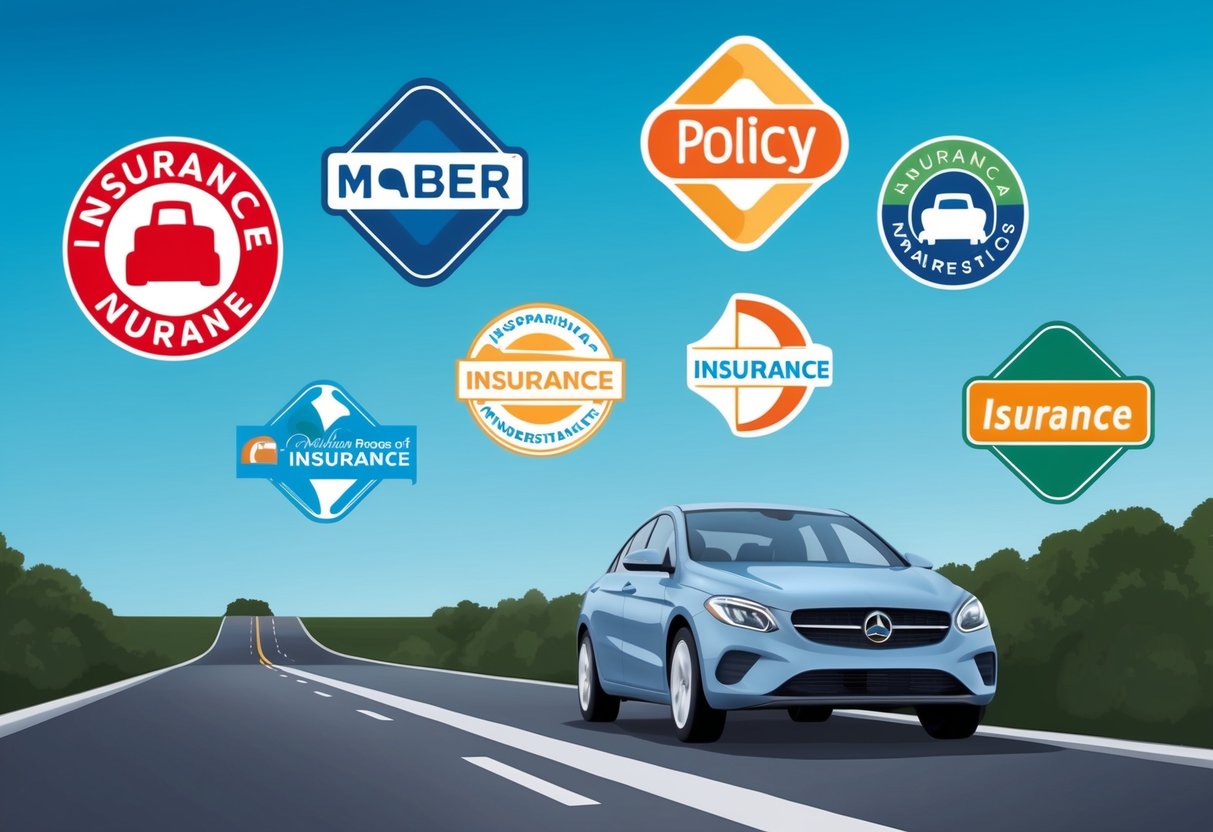
Car insurance plays a crucial role in protecting drivers from financial loss after accidents, theft, or unexpected damage. With so many types of coverage, policy options, and insurers, finding the best fit requires understanding personal needs and comparing what’s available in today’s market.
Choosing the right car insurance policy can help individuals get the protection they need while also saving significant money each year.
Many drivers wonder which coverage level will actually benefit them and how they can avoid paying for unnecessary extras. By weighing the value of their vehicle, considering deductible amounts, and reviewing available discounts, people can make informed decisions that align with their budget and level of risk tolerance.
Easy-to-follow strategies, such as comparing quotes from several providers, can make a noticeable difference on the bottom line. This guide covers the essentials for selecting the right plan, demystifies key terms, and shares tips for reducing premiums.
What Is Car Insurance?

Car insurance is a contract that protects drivers against financial losses caused by accidents, theft, or other damage to their vehicle. It provides different types of coverage to manage costs and risks that come with owning and operating a car.
Understanding Auto Insurance Basics
Auto insurance is a legal agreement between a vehicle owner and an insurance company. The owner pays an insurance premium, usually monthly or yearly, in exchange for coverage against losses resulting from specific incidents.
Car insurance is required by law in most states to ensure that all drivers can cover potential damages or injuries they cause. Policies generally include major components like liability coverage, collision coverage, and comprehensive coverage.
Liability coverage pays for injuries and property damage the policyholder causes to others, while collision and comprehensive plans address repair or replacement of the policyholder’s own vehicle. Insurance policies can also include additional protections such as uninsured motorist and personal injury protection, depending on the state and insurer.
These elements help drivers manage unexpected expenses resulting from accidents or non-collision events like theft or weather damage. For more details, see this guide to car insurance coverage.
Key Terms Defined
- Insurance Premium: The amount a policyholder pays for car insurance coverage, typically on a monthly or annual basis.
- Deductible: The amount the driver pays out-of-pocket on a claim before the insurance pays remaining costs.
- Liability Coverage: Pays for another party’s injuries or property damage if the policyholder is at fault.
- Comprehensive Coverage: Protects against vehicle damage not caused by a collision, such as theft, vandalism, or storms.
- Collision Coverage: Pays for repairs to the policyholder’s car after an accident, regardless of who was at fault.
- Uninsured/Underinsured Motorist Coverage: Covers expenses if the at-fault driver does not have enough or any insurance.
Understanding these terms helps drivers compare policies and select coverage that matches their needs and budget. Policy differences directly impact protection and out-of-pocket costs.
How Car Insurance Works
When an accident or covered event happens, the policyholder files a claim with their insurer. The insurance company then reviews the claim, determines responsibility (liability), and pays eligible costs based on policy limits and deductibles.
Liability coverage is required in most states, protecting both the driver and other parties involved. Without insurance, drivers may face hefty out-of-pocket payments for injuries or damages they cause.
Other coverages, such as comprehensive and collision, are often optional but may be required by lenders if the car is financed. Each type of coverage addresses a specific set of risks, so selecting the right options is key to adequate protection.
Types of Car Insurance Coverage
Car insurance includes a range of coverage options and policy types that help protect drivers, passengers, and vehicles in different situations. Key differences exist between coverages for third-party liabilities, vehicle damages, and medical expenses after an accident.
Liability Insurance
Liability insurance is required in most states and forms the foundation of a standard auto policy. It covers financial responsibility for injuries or damages caused to others in a car accident.
This type of coverage is split into two main parts: bodily injury liability and property damage liability. Bodily injury liability pays for medical expenses, lost wages, and legal costs if someone else is hurt in an accident caused by the policyholder.
Property damage liability covers repairs or replacement for other vehicles or property such as fences or mailboxes. Liability coverage does not pay for the policyholder’s own injuries or car damage.
Some policies may also include or require uninsured motorist coverage and underinsured motorist coverage to protect against drivers who lack sufficient insurance. State minimums may not provide enough coverage for serious accidents, so drivers should consider higher limits.
More details are available in this explanation of liability insurance.
Comprehensive Coverage
Comprehensive coverage helps pay for damages to the insured vehicle from events other than a collision, such as theft, vandalism, fire, weather-related incidents, and hitting animals. It is optional but often recommended for newer or valuable cars.
This coverage usually comes with a deductible, which is the amount the driver pays out-of-pocket before insurance covers the rest. If a tree falls on a car during a storm, comprehensive insurance will pay for the repairs after the deductible is met.
Comprehensive does not pay for mechanical failures or normal wear and tear. Many lenders require comprehensive coverage for financed or leased vehicles.
Learn more about comprehensive car insurance coverage.
Collision Coverage
Collision coverage pays for damage to the insured vehicle after a crash with another car or object, regardless of who is at fault. It applies to scenarios such as hitting another vehicle, colliding with a guardrail, or crashing into a tree.
This type of insurance also requires a deductible. The insurer covers repair or replacement costs beyond that amount.
While collision insurance is optional, it is often required by lenders for leased or financed cars. Collision does not cover damage unrelated to a crash, such as theft or weather, which are handled by comprehensive coverage.
More details on collision insurance requirements and advantages are available online.